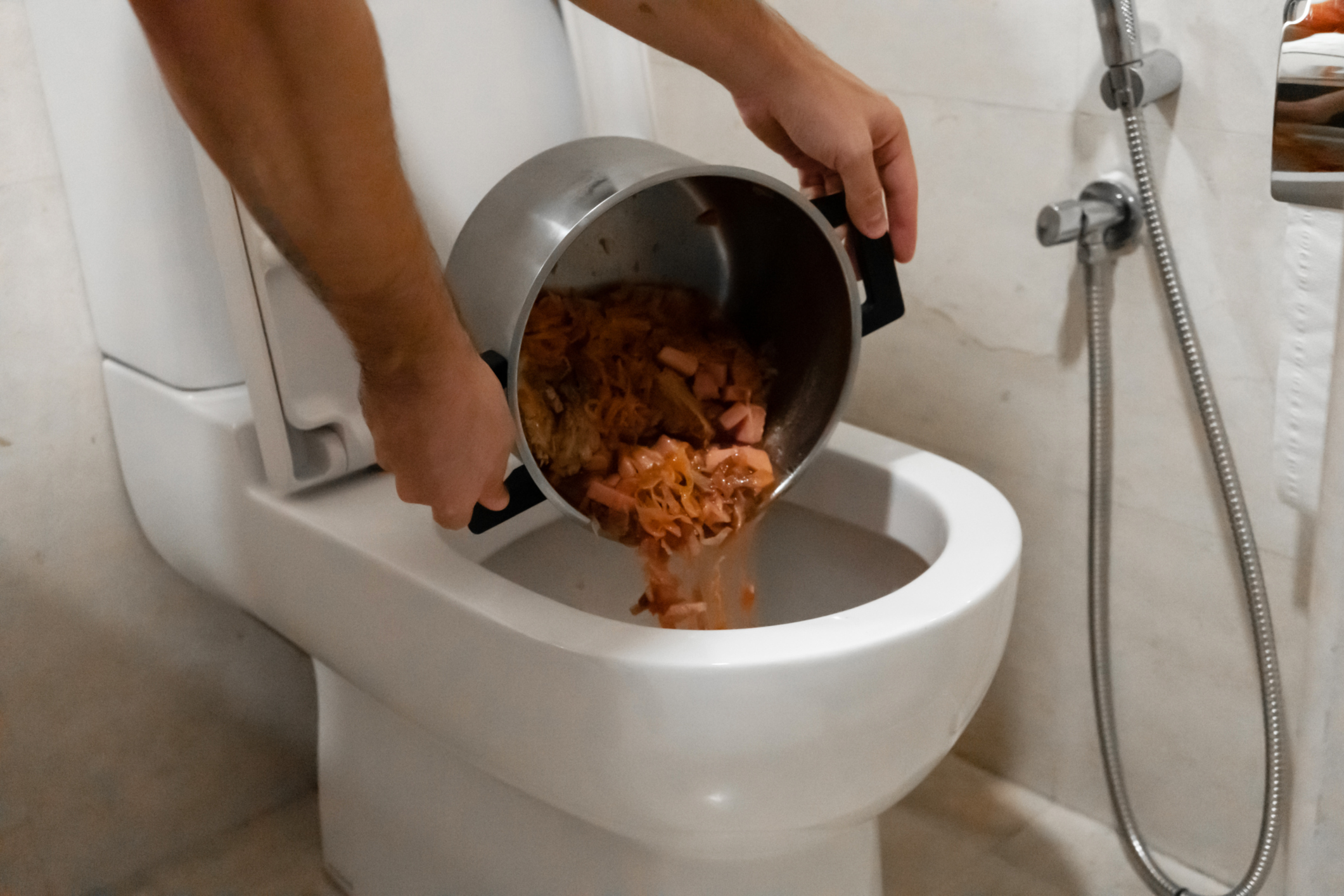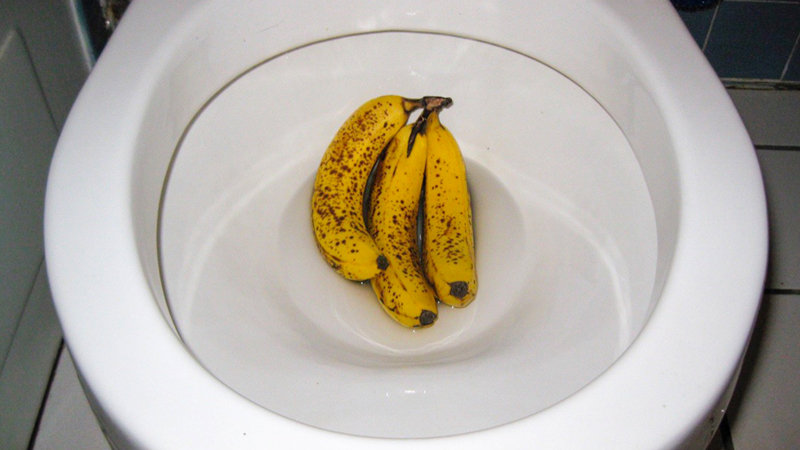Is it Practical to Dispose of Food Down the Toilet?
Is it Practical to Dispose of Food Down the Toilet?
Blog Article
We have stumbled upon this post on What Can Happen If You Flush Food Down the Toilet? down the page on the internet and concluded it made good sense to share it with you here.

Intro
Lots of people are usually confronted with the dilemma of what to do with food waste, particularly when it involves leftovers or scraps. One common concern that occurs is whether it's okay to purge food down the bathroom. In this write-up, we'll explore the reasons individuals might take into consideration flushing food, the repercussions of doing so, and different methods for correct disposal.
Reasons that people could take into consideration flushing food
Lack of recognition
Some individuals might not be aware of the possible damage caused by flushing food down the bathroom. They might erroneously think that it's a safe practice.
Ease
Flushing food down the bathroom might seem like a quick and simple service to disposing of unwanted scraps, specifically when there's no close-by trash bin readily available.
Laziness
Sometimes, individuals might simply select to flush food out of large laziness, without considering the repercussions of their activities.
Effects of flushing food down the bathroom
Ecological effect
Food waste that winds up in rivers can add to air pollution and injury water ecological communities. In addition, the water used to purge food can strain water sources.
Plumbing concerns
Purging food can result in blocked pipes and drains pipes, causing pricey pipes repair services and aggravations.
Types of food that must not be flushed
Fibrous foods
Foods with fibrous appearances such as celery or corn husks can obtain tangled in pipelines and trigger obstructions.
Starchy foods
Starchy foods like pasta and rice can take in water and swell, resulting in obstructions in pipes.
Oils and fats
Greasy foods like bacon or food preparation oils should never ever be purged down the commode as they can strengthen and create blockages.
Appropriate disposal approaches for food waste
Using a garbage disposal
For homes furnished with garbage disposals, food scraps can be ground up and flushed with the pipes system. However, not all foods are suitable for disposal in this fashion.
Recycling
Particular food packaging products can be reused, reducing waste and reducing environmental effect.
Composting
Composting is an environment-friendly way to take care of food waste. Organic products can be composted and used to improve soil for horticulture.
The importance of proper waste administration
Reducing environmental harm
Correct waste administration techniques, such as composting and recycling, assistance minimize pollution and maintain natural deposits for future generations.
Protecting pipes systems
By avoiding the method of flushing food down the toilet, homeowners can stop costly plumbing fixings and preserve the honesty of their plumbing systems.
Verdict
Finally, while it might be tempting to purge food down the toilet for benefit, it is essential to comprehend the possible repercussions of this activity. By embracing appropriate waste administration methods and getting rid of food waste properly, individuals can add to much healthier plumbing systems and a cleaner atmosphere for all.
FLUSH FOOD DOWN THE TOILET?
FLUSHING FOOD CAN CAUSE BLOCKED DRAINS IN YOUR HOME
All of the plumbing fixtures in your home are connected to the same sewer pipe outside of your home. This outdoor sewer pipe is responsible for transporting all the wastewater from your home to the Council sewer mains. Even small pieces of food that go down the kitchen sink can cause problems for your sewer. It should therefore be obvious that flushing larger bits of food, such as meat, risks a clog in either the toilet itself or the sewer pipes. Flushing greasy food is even more problematic because oil coagulates when it cools, coating the interior lining of your pipes.
THE TOILET IS NOT A BIN
Food isn’t the only thing that people shouldn’t be flushing down the toilet. People use the toilet to dispose of all kinds of things such as tampons, makeup wipes, dental floss, kitty litter and even underwear. Water goes to great lengths to educate residents about the high costs and stress placed on wastewater treatment systems simply from people flushing the wrong stuff down the toilet. It costs taxpayers millions of dollars each year, and homeowners thousands in blocked drain repairs.
FLUSHING FOOD IS A WASTE OF WATER
Flushing food is a waste of our most precious resource - water. In June this year Level 1 water restrictions were introduced to protect water supply from drought conditions. Much of New South Wales continues to be affected by prolonged drought with recent figures revealing up to 97 per cent of the state remains in drought. Depending on whether you have a single or dual flush toilet, every single flush uses between five and 11 litres of water. In the current climate this is a huge amount of water to be wasting on flushing food that should be placed in the bin (or better yet, the compost).
https://www.jabplumbingsolutions.com.au/blog/can-you-flush-food-down-the-toilet

I have been very fascinated with Think Twice Before Flushing Food Down Your Toilet and I really hope you enjoyed reading my blog post. Do you know about somebody who is occupied with the niche? Take a moment to promote it. Thank you for your time spent reading it.
Book Today Report this page